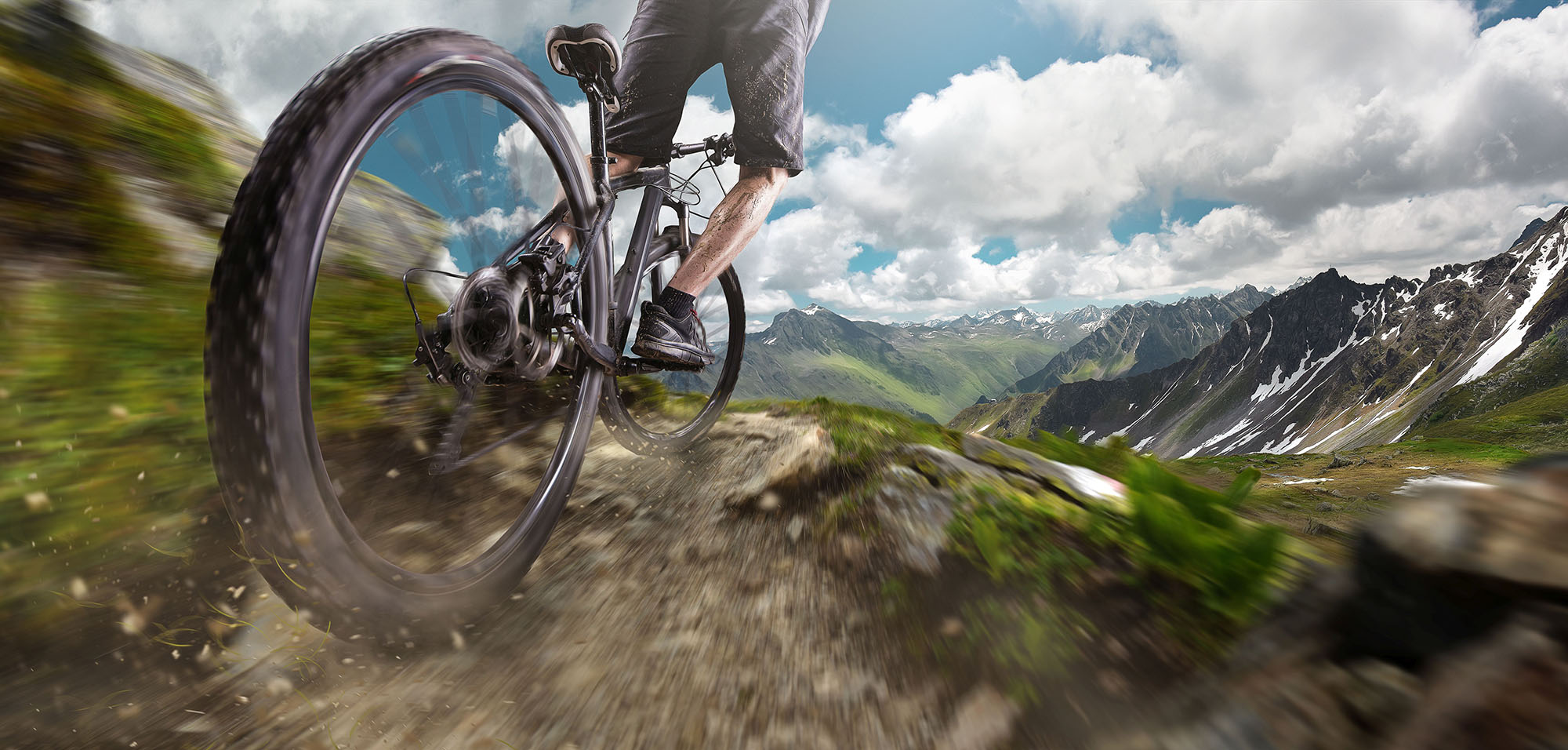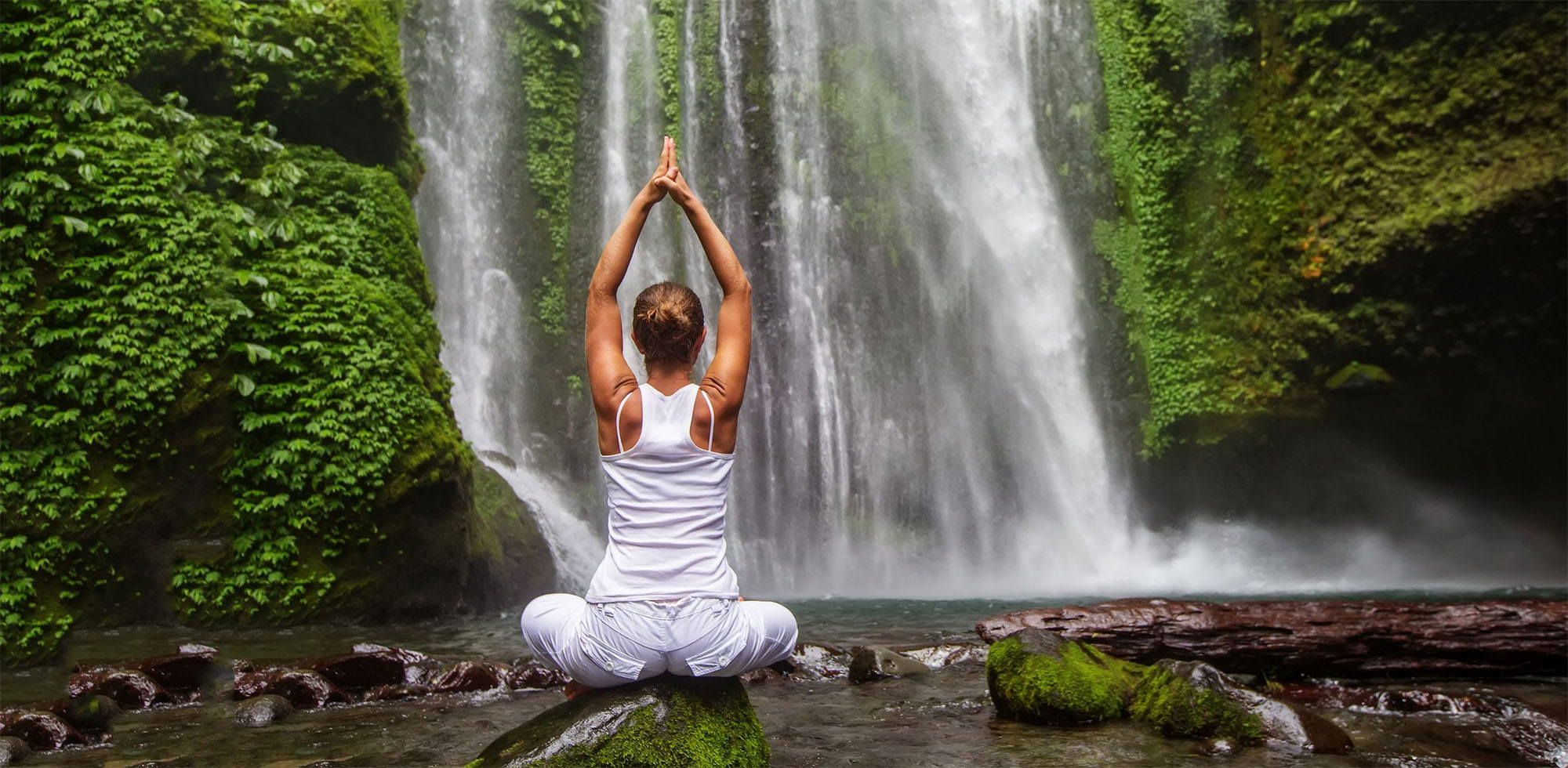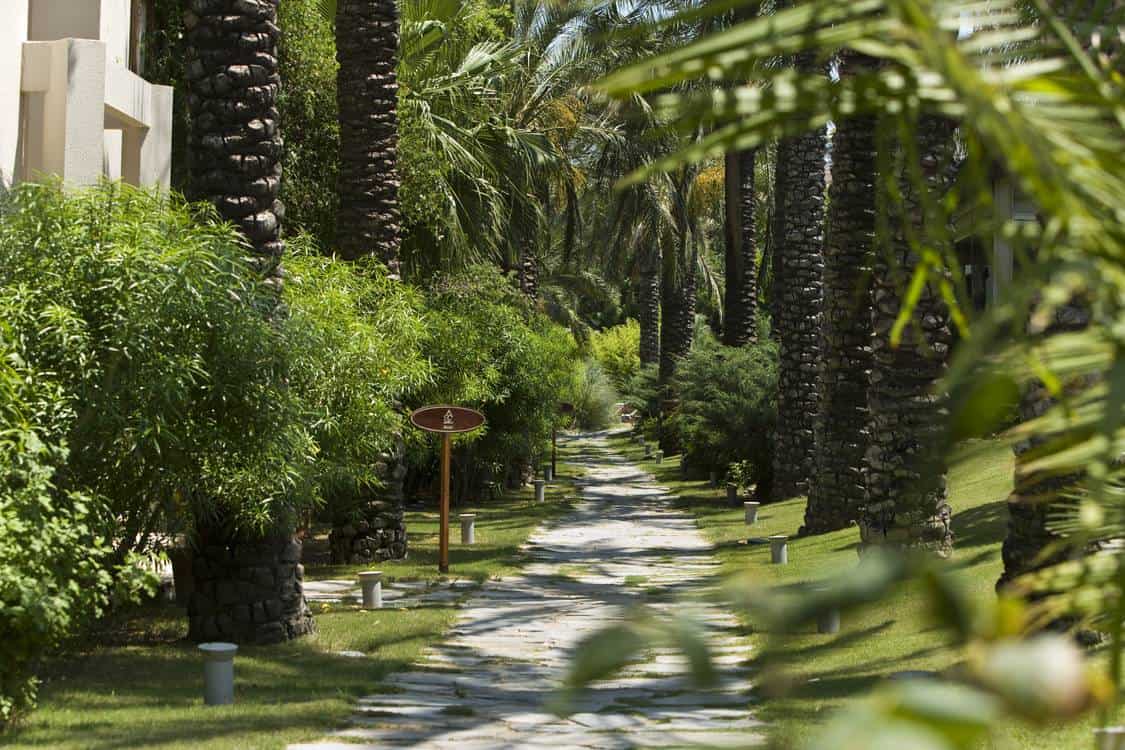Eda’s yoga classes:
- Every monday at 9 am CET / Vienna – 60 Min. Yin Yoga
- Every thursday at 09 am CET / Vienna – 90 Min. Kundalini Yoga
If you need this in a different language (English, Turkish, or Spanish), just let me know!
ONLINE STUDIO – BOOK a CLASS
Kundalini, Yin, Yinyasa, Restorative, Hormone and Face Yoga with Eda
Almost 15 years ago, I first heard about Kundalini Yoga. At that time, I was looking for change and transformation in my life. I had a general idea of what I needed to do and the decisions I had to make, but I wasn’t taking any action. My dear friend Sonja patiently listened to my complaints and suggested, “Try Kundalini Yoga!” For three years, I successfully ignored her advice. The name “Kundalini” itself seemed suspicious to me.
Then, I started experiencing back pain. Eventually, I went to a Kundalini Yoga center around the corner in Munich. After the first class, I felt amazing, knew exactly what to do, and took care of all the things I had been putting off. The next day, a new project even came my way. I had never experienced such clarity.
From that point on, I began practicing almost every day. Many changes have occurred since, and they never stop. However, my attitude toward how I deal with these changes has transformed. Since 2021, I have been a Kundalini Yoga teacher. For me, Kundalini Yoga is an endless journey of discovery and a powerful source of energy that drives me. I’m currently in the second year of my Second-Level training and also pursuing further education in Kundalini Hormone Yoga.
It’s said that Kundalini Yoga is the yoga of experience. I invite you to share this experience with me.
From back pain to becoming a Kundalini and Yin Yoga teacher – it took some time, but as they say, good things take time. Once you practice a Yang activity like Kundalini Yoga, running, or cycling, you’re often naturally led to Yin or similar practices. This is exactly what happened to me.
Yin Yoga according to Paulie Zink
- Yin Yoga – Silent postures designed to promote growth, release energy blockages, and improve circulation.
- Yang Yoga – Postures aimed at developing core strength, muscle tone, balance, and endurance.
- Yin Flow (Yinyasa Yoga) – A blend of Yin and Yang Yoga. However, Yin Flow is more than just a sequence of postures. The transitions between poses are just as integral to the practice as the poses themselves. Flow is a movement method that involves continuous, smooth, and circular motions. It fosters ease, fluidity, and grace in the body.
What is Kundalini Yoga?
Kundalini Yoga is renowned for its transformative effects. This practice builds physical strength and endurance, enhances cognitive abilities, and improves emotional stability while fostering spiritual connection. Many people describe the experience as exhilarating, euphoric, and powerful.
Kundalini Yoga offers a holistic approach that can be practiced by people of all faiths and backgrounds. Unlike some yoga traditions that focus on renunciation, Kundalini Yoga is designed for those leading active lives with family and professional commitments.
The core of this practice is energy movement and transformation. At the center are Kriyas – specific sequences of yoga techniques and meditations that aim to achieve a particular result. This could be something concrete, like improved digestion, or something more spiritual, like an open heart. Each Kriya, which means “action” in Sanskrit, is taught with precision and usually includes the following techniques:
- Asana: Physical postures
- Mudras: Hand positions
- Pranayama: Breathing techniques
- Mantras: Intentional, repetitive sounds
- Bandhas: Energetic locks in the body
- Drishti: Eye focus
- Shavasana: Relaxation at the end of the practice
Kriyas consist of multiple components and are meant to be practiced as a complete action with a specific purpose.
The Effects of Kundalini Yoga
Kundalini Yoga is known for breaking through old habits and self-limitations. It’s a transformative system designed to release blockages to the reservoirs of untapped energy within us. It balances the glandular system, revitalizes the nervous system, and works on the subtle energy systems of the nadis (energy channels) and chakras.
By practicing Kundalini Yoga, the free flow of energy through the chakras is promoted, enhancing mental, physical, and spiritual well-being. This practice brings clarity that unites perception, thought, and intuition.
What is Restorative Yoga?
Restorative Yoga is a gentle, calming practice where poses are held for extended periods, but the goal is to promote deep relaxation and recovery. Unlike more intense styles such as Yin Yoga, the focus in Restorative Yoga is on assuming postures with minimal effort and without strain.
The purpose of this practice is to reach a state of deep relaxation and inner peace through soothing, nurturing asanas. Props like bolsters, pillows, and blankets are used to fully support the body and release any tension.







